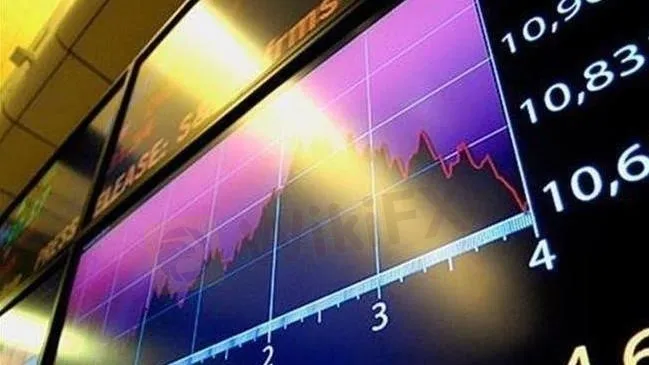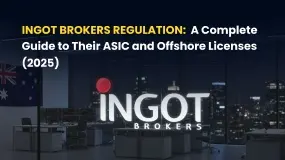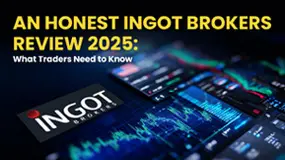Asian Stocks Digesting US Banking Woes, China Outperforms
Abstract:Asian stocks crept higher on Monday as markets gauged the potential fallout from a banking crisis in the U.S., while Chinese indexes outperformed as the government promised more support for the economy.

Asian stocks crept higher on Monday as markets gauged the potential fallout from a banking crisis in the U.S., while Chinese indexes outperformed as the government promised more support for the economy.
China‘s Shanghai Shenzhen CSI 300 and Shanghai Composite indexes rose about 0.8% each, while Hong Kong’s Hang Seng index rallied over 2% after new Premier Li Qiang sought to reassure the private sector with the promise of easier policies, and that the government will ensure that its annual economic projections are met.
Li's appointment comes as Xi Jinping is officially elected President for a third consecutive term. The president also retained his top ministers of finance and commerce, including People's Bank Governor Yi Gang. The move helped reassure investors that China's post-COVID reopening is likely to go ahead, potentially triggering an even bigger economic renaissance this year. But readings on the economy so far paint a mixed picture of the recovery.
The move helped reassure investors that Chinas post-COVID reopening will likely remain on course, potentially heralding a bigger economic bounceback this year. But readings on the economy have so far painted a mixed picture of a recovery.
Still, Chinese property stocks slumped after heavyweight Country Garden Holdings Company Ltd (HK:2007) warned of a bumper loss in 2022, due to a downturn in the sector.
While a Chinese recovery bodes well for broader Asian markets, markets were largely focused on a brewing banking crisis in the U.S., following the collapse of Silicon Valley Bank (NASDAQ:SIVB) and its seizure by regulators.
U.S. regulators intervened over the weekend to reassure markets and stem a bigger fallout from the collapse.
But the prospect of more ructions in the U.S. banking sector saw markets pricing in a greater chance that the Federal Reserve will taper its hawkish rhetoric in the coming months. Most Asian stocks advanced slightly on this notion, with technology-heavy bourses such as South Koreas KOSPI and the Taiwan Weighted index adding 0.3% and 0.2%, respectively.
Fed Fund futures showed a greater chance that the Fed will hike by 25 basis points next week, down from expectations for a raise of 50 bps. Focus is now on an emergency meeting convened by the Fed later in the day, as well as consumer price index (CPI) inflation data due on Tuesday.

Read more

Grand Capital Doesn’t Feel GRAND for Traders with Withdrawal Denials & Long Processing Times
The trading environment does not seem that rosy for traders at Grand Capital, a Seychelles-based forex broker. Traders’ requests for withdrawals are alleged to be in the review process for months, making them frustrated and helpless. Despite meeting the guidelines, traders find it hard to withdraw funds, as suggested by their complaints online. What’s also troubling traders are long processing times concerning Grand Capital withdrawals. In this Grand Capital review segment, we have shared some complaints for you to look at. Read on!

ADSS Review: Traders Say NO to Trading B’coz of Withdrawal Blocks, Account Freeze & Trade Issues
Does ADSS give you plenty of excuses to deny you access to withdrawals? Is your withdrawal request pending for months or years? Do you witness account freezes from the United Arab Emirates-based forex broker? Do you struggle to open and close your forex positions on the ADSS app? Does the customer support service fail to respond to your trading queries? All these issues have become a rage online. In this ADSS Broker review article, we have highlighted actual trader wordings on these issues. Keep reading!

INGOT Brokers Regulation 2025: ASIC vs Offshore License - What Traders Must Know
Explore INGOT Brokers regulation in 2025: Compare their ASIC and Seychelles FSA licenses, understand trader protection levels, and learn about potential risks in this detailed guide.

INGOT Brokers Review 2025: High Risk or Hidden Gem? Expert Analysis Reveals All
Comprehensive INGOT Brokers review exploring the broker's mixed reputation in 2025. Discover the truth about regulation, trading options, and user experiences before opening an account.
WikiFX Broker
Latest News
Mitrade Arabic Platform Targets MENA Gold Trading Boom
Israeli Arrested in Rome Over €50M Forex Scam
New FCA Consumer Alert 2025: Important Warning for All Consumers
EmiraX Markets Withdrawal Issues Exposed
Global Guide to Finding Forex IBs/Brokers — Share Your Pick and Win Big!
Consob Targets Political Deepfake “Clone Sites” and Unlicensed Platforms in Latest Enforcement Round
WikiEXPO Global Expert Interviews: Gustavo Antonio Montero: ESG in Finance
Trump tariffs are helping drive U.S. beef prices to new highs
Scam Alert: GINKGO-my.com is Draining Millions from Malaysians!
Trading Pro Review: Scam Broker Exposed
Rate Calc


